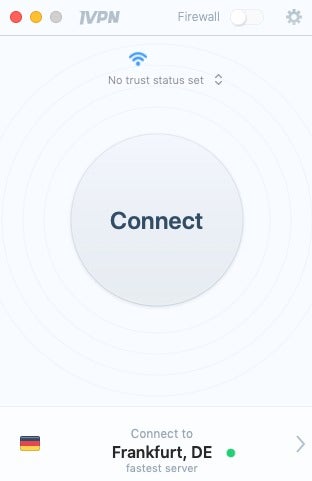
MPLS is not a product or a service, and this distinction is key to understanding how MPLS works. Similar to MPLS, SD-WAN would produce an experience for the end-user with less latency while maintaining a higher resolution. For example, if a company wanted to ensure a smooth videoconference with several satellite offices or remote employees, they could use SD-WAN to make sure each video signal reaches everyone in the conference efficiently. These objectives are similar to those of what is a SD-WAN? With an SD-WAN-powered connection, data is transferred more efficiently, producing smoother performance. It reduces latency and allows companies to execute smoother videoconferences or Voice over Internet Protocol (VoIP) calls, which depend on smooth, uninterrupted streams of data.

Some companies have-and continue to use-it, particularly when a strong, uninterrupted connection is critical. This results in better transmission and overall superior quality of service (QoS) when compared to regular IP routing. "Label switching" refers to the fact that system routers form a label-switched path (LSP), which is a predetermined path that routes the traffic within the network -another essential facet of the MPLS definition.

It is an overlay, which enables it to forward a variety of different types of data, regardless of the protocol used to organize them.

In the context of this MPLS meaning, "multiprotocol" means that the system does not depend on any particular protocol to operate. Because it sends data straight to its destination, it is superior to regular Internet Protocol (IP) routing, which bounces data all over the internet before finally sending it to its final destination. What is MPLS? Multiprotocol label switching (MPLS) is a protocol designed to get packets of data to their destinations quickly and efficiently.


 0 kommentar(er)
0 kommentar(er)
